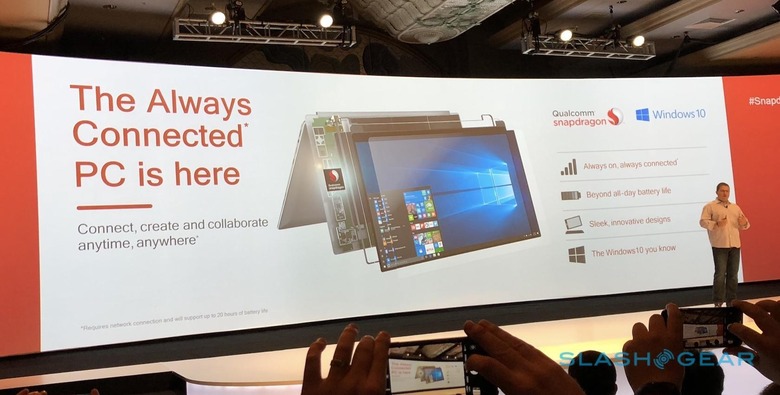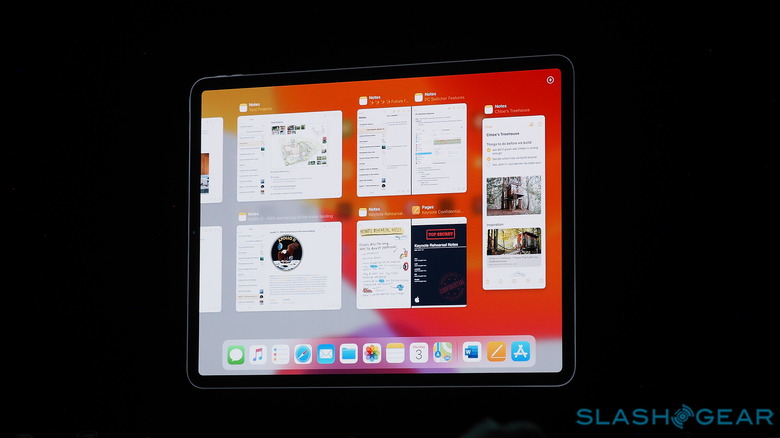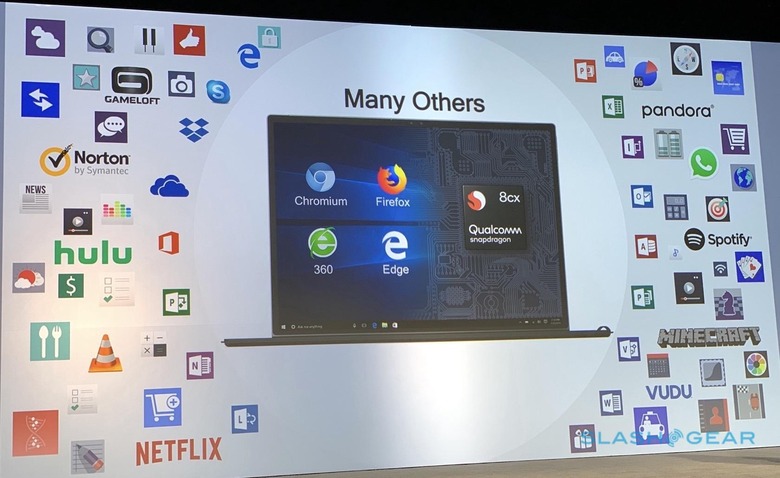Microsoft has a brighter future in mobile computing with Windows on ARM than x86
Rumors about a Surface with an ARM processor has fans both excited and skeptical. That wouldn't be Microsoft's first dance with ARM, not even its first ARM-based Surface computer. In almost all cases since the first Surface, Windows on ARM has ended up being a disappointment.It is almost as if the computing gods were sending Microsoft a not so subtle message to stick with Intel and ARM or, in general, the x86/64 architecture. That may be the easy way out, but it won't last for long. For better or worse, and Intel certainly won't like it, Microsoft needs to move heaven and earth to make Windows work perfectly on ARM because its future there will be more promising than on a hardware platform that's showing its age and limits.
A painful past
Microsoft has had a rather colorful history with the ARM platform of late, and that's speaking kindly. After its time with Windows CE, it hasn't had much luck with ARM devices, be it its Android-based Nokia/Lumia phones or, more relevant, its ARM-based 2-in-1 tablets. That goes for the first Surface with Windows RT and the more recent Windows on Snapdragon from HP and ASUS.
Microsoft's problem with Windows on ARM has always been two-fold. On the one hand, there's the performance of Windows itself on a platform it wasn't designed to run on. In other words, it was tragically disappointing compared to the promises of mobility and longevity that Microsoft and even Qualcomm made.

The other side of the coin is the software that ran on these devices. Windows' world has always been x86 and so does the software that run on it. Moving to ARM meant either leaving behind the reasons people still use Windows or trying to support running them on an alien platform. Neither scenario ended well.
Always on, Always connected, Always everywhere
If it's such a pain to get Windows, and Windows software, running on ARM in an acceptable manner, why should Microsoft bother anyway? Make no mistake, the x86 architecture is probably never going to disappear in a long, long while but, over the next few years, ARM-based devices will be dominating the computing market. Considering how smartphones outnumber PCs, both desktops and laptops, that's already the case.
The strengths of ARM processors have been repeated over and over. Their power efficiency allows devices to be always on or at least wake up extremely fast from sleep. They can also keep connected to the Internet longer in that case, even and especially when LTE is involved. And because of their size and thermal output, they can be placed inside very portable forms, like phones and tablets.
Of course, Intel and AMD have the advantage when it comes to raw power, especially when that's paired with graphics processors specifically designed for x86 computers. But the use cases where such power is needed is becoming more niche than common.
While everyone would wish they could carry the equivalent of a supercomputer with them everywhere, the laws of physics and Moore, unfortunately, limit how much you can realistically cram inside a small piece of silicon. For most other computing needs, the power in most high-end smartphones is almost more than enough.
It’s a connected mobile world
The general use case for most PCs these days, both desktops and laptops, mostly revolve around the web and apps. But more than the tools being used, what's continually changing is the nature of our work and their locations. Even regular office work requires the Internet but often not as much processing power or memory. Some offices have even started embracing the remote and mobile work lifestyle.
But even in those cases where the computer just sits on a desk, an ARM-based computer may offer more benefits over regular computers. It would sip power rather than gulp it down, using only what's needed. For the most basic computing uses, it would even be more cost-efficient, as ARM-based computers are often cheaper than Intel counterparts.
We are living in an increasingly connected world where connectivity and sometimes mobility have become core requirements in getting work done. ARM excels in both those points, even offering processing power to compete with computers from two years ago. And for those that require more power for number crunching, gaming, rendering, and others, the likes of Intel and AMD will happily cater to them.

New generation of computing
"You can never get real work done a tablet" was the phrase often thrown at early adopters of the iPad Pro. Those users and Apple have proven them wrong and today the Apple camp is excitedly waiting for the arrival of iPadOS. You can get work done on tablets and even on phones. It really just boils down to the software that lets you get your work done.
The criticism against doing work on mobile computers have mostly revolved around the lack of familiar software on those platforms. In some cases, alternatives have popped but there are still dozens if not hundreds of other software unavailable on iOS and Android. And that's where Windows on ARM can come in.
Imagine being able to do almost everything you do on a desktop or laptop on something as thin and as mobile as an iPad Pro? The Surface Pro comes closest to that dream but it still held back not by ports but by the requirements and consequences of x86 processors. No Surface can outlast an iPad or even a smartphone in battery life, especially if you try keeping connected all the time.
The journey has just begun
It's not an easy road to get to that ideal, as Microsoft itself will tell anyone willing to listen. But it's a journey it must take if it wants Windows to still be relevant to the next generation of computer users who will not be tethered to desks or Ethernet connections.

There's still a lot of work to be done in making software run smoothly on that hardware. The Snapdragon 8cx looks promising but benchmarks don't tell the whole story when running in real-world scenarios. There's also the matter of supporting x86 apps on ARM. Either Microsoft finds an acceptable way to run those on a different platform or, better yet, influence developers to build for ARM.
It's a chicken and egg problem, though, and Microsoft will have to show better commitment than it did with UWP. The potential rewards, however, can put Microsoft back on the map and give users fewer reasons to want an iPad or even a Chromebook.
